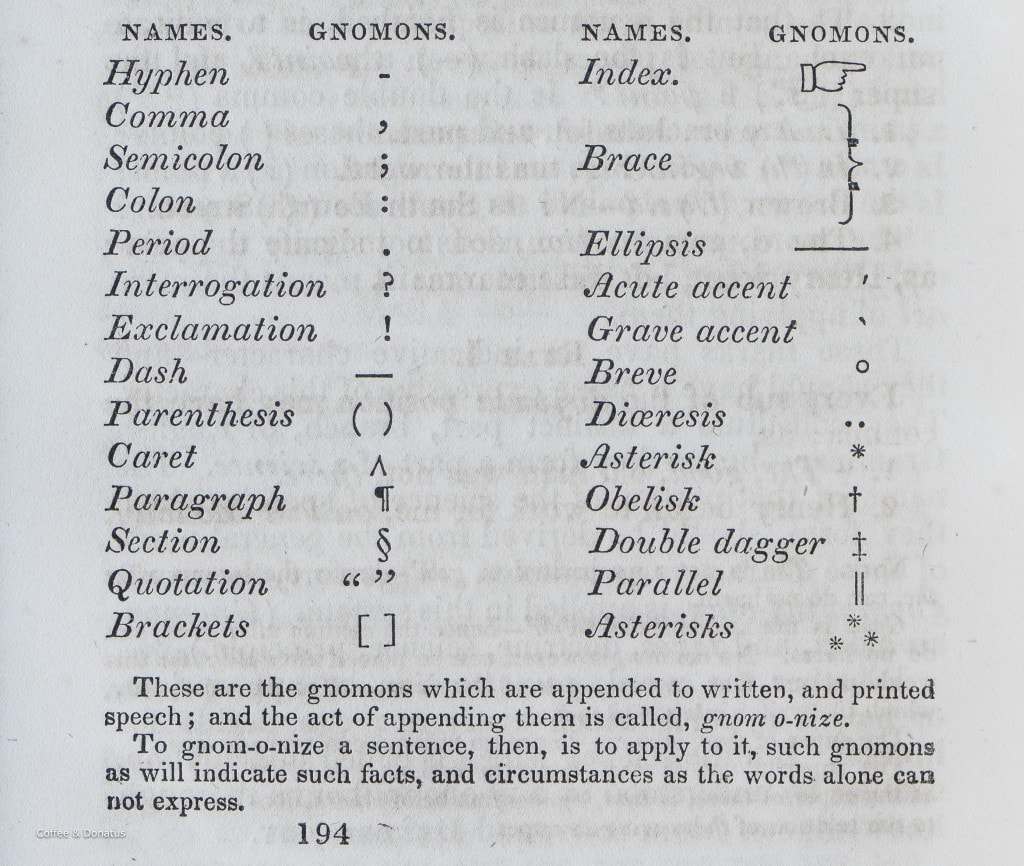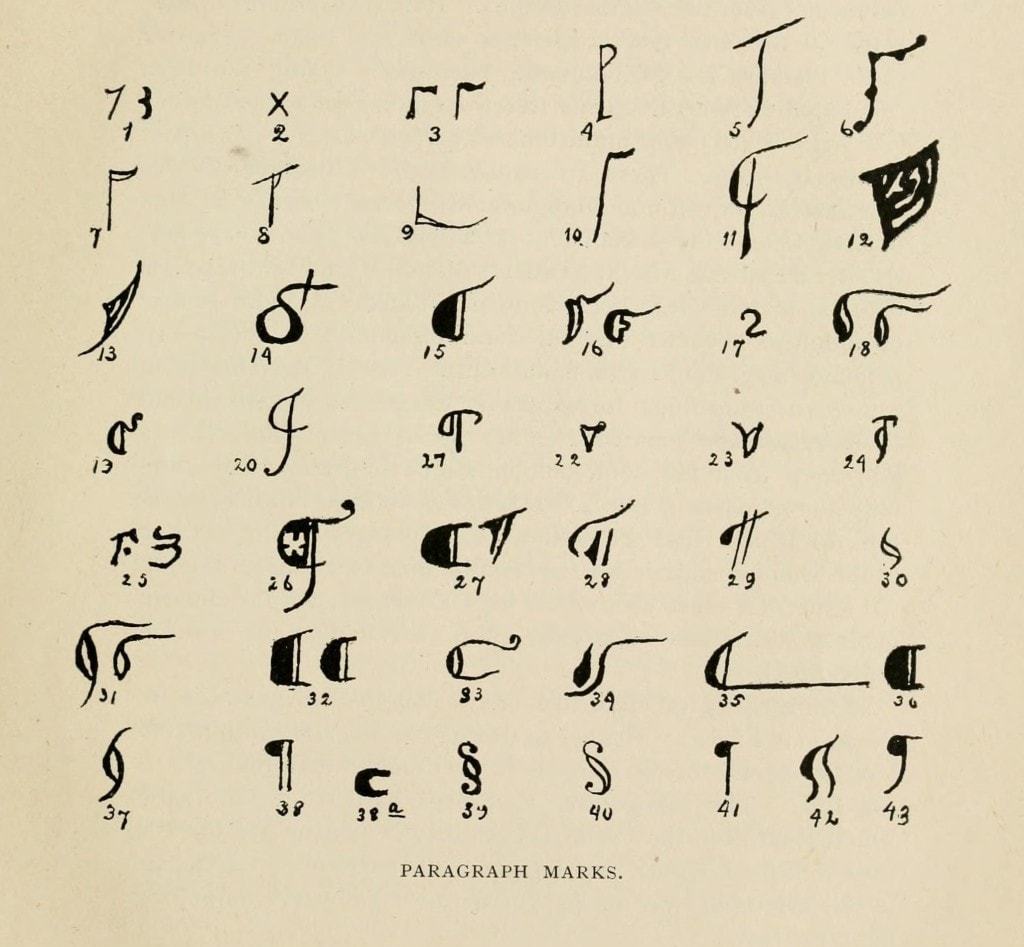Palaeography is the study of old writing. And as often as I’ve had to hunt through old manuscripts for points (·), pilcrows (¶), virgules (/) and the like, I am not a palaeographer in anything more than the loosest sense. Given this, was a pleasant surprise to find myself chairing a session at a palaeography conference called DigiPal V, held at King’s College London just a couple of weeks ago. I was there at the invitation of Stewart Brookes, King’s College’s resident digital palaeography specialist, who kindly moved me sideways from presenter to chair when I pleaded an inability to come up with a decent paper in time.
You may remember Stewart’s name from my report on Punctuation in Practice, Elizabeth Bonapfel’s workshop on punctuation in all its forms, held a few months ago at Berlin’s Freie Universität. Stewart gave a talk there about marks of punctuation in copies of the manuscripts of Ælfric, a prolific Anglo-Saxon monk who wrote hagiographies, Catholic homilies, biblical commentaries and the like — you know, the usual Anglo-Saxon–monkish sort of thing. When he isn’t studying Ælfric’s works, however, Stewart is one of the managers of the DigiPal project, a website that, in its own words,
is a new resource for the study of medieval handwriting, particularly that produced in England during the years 1000–1100, the time of Æthelred, Cnut and William the Conqueror. It is designed to allow you to see samples of handwriting from the period and to compare them with each other quickly and easily.
For you and I, this translates into a website where you can pore over medieval manuscripts in quite exquisite detail, picking out archaic letters like the thorn (‘þ’, as covered here) or long-dead marks of punctuation like the punctus versus (‘;’ or thereabouts, representing a long pause analogous to a full stop). Now I’d known about DigiPal itself for some time, but the speakers during my session and others at the DigiPal conference opened my eyes to a whole new set of online palaeography resources. Here are just a few of them:
- The UK National Archives host an excellent online course introducing the subject of palaeography. Their material focuses on the sixteenth–nineteenth centuries, but the basic principles are the same whatever the time period.
- Oxford University’s Ancient Lives project is a crowdsourced attempt to transcribe the thousands of ancient Greek texts found at the site of the ancient city of Oxyryhnchus in Ptolemaic Egypt. If you fancy trying your hand at palaeography, this is a great place to get started; if you like the sound of that but would prefer something a little more recent, the AnnoTate project is using the same underlying software to transcribe artists’ notebooks. Both are very cool.
- Models of Authority, built on the same software foundations as DigiPal, lets users browse and examine Scottish law charters of the twelfth and thirteenth centuries. It’s as easy to use as DigiPal, and though its content is fairly limited at the moment I am reassured that there is much more to come.
There is a world of open palaeographic learning out there for the benefit of amateurs and professionals alike, and I’m looking forward to finding out much more about it. Thank you to Stewart for inviting me along — chairing a session wasn’t nearly as terrifying as I had imagined it might be, and I’m already looking forward to DigiPal VI next year!

